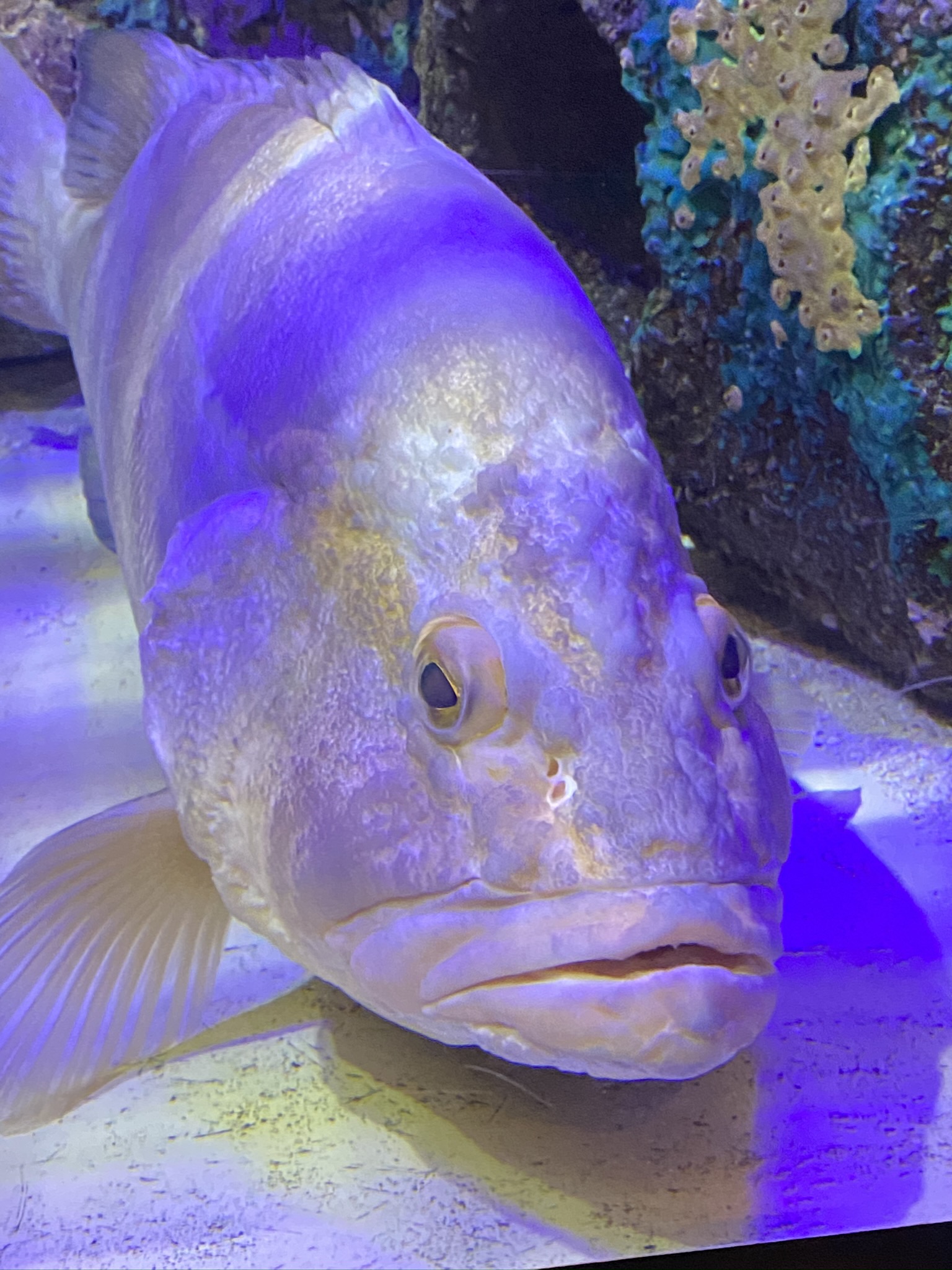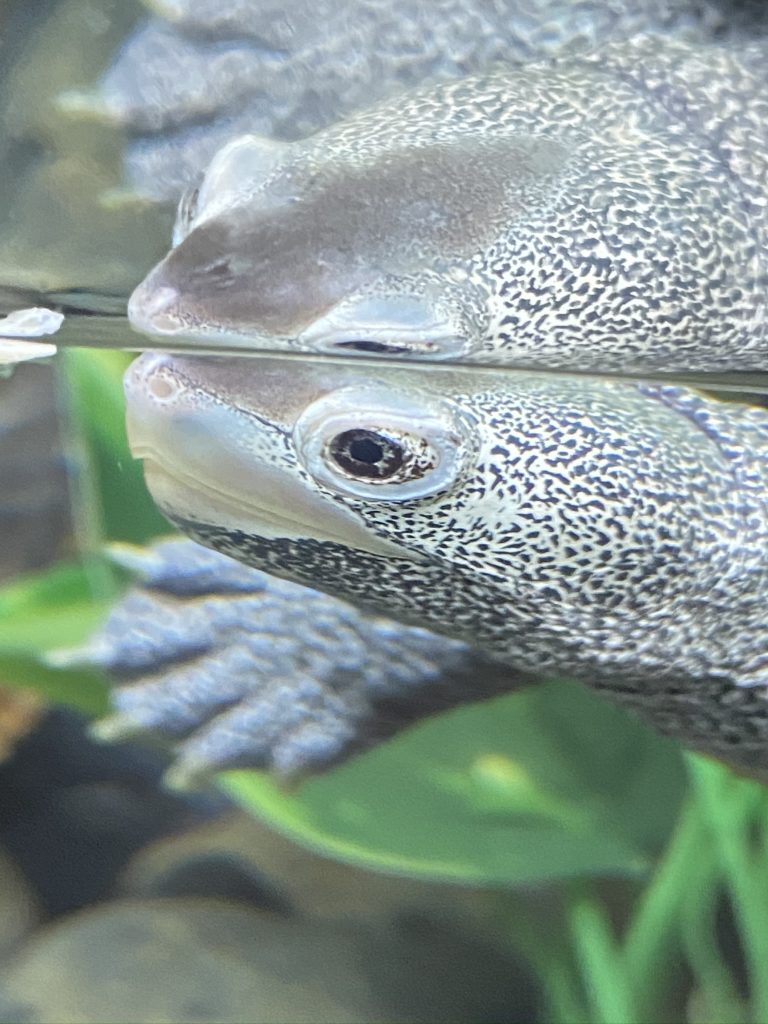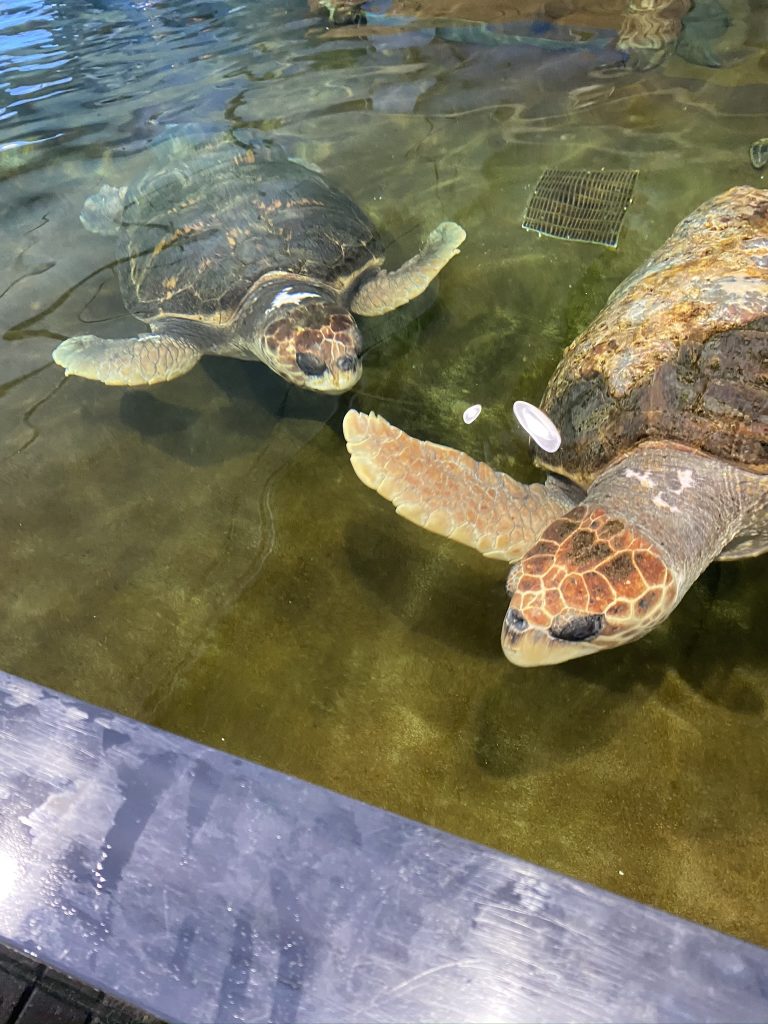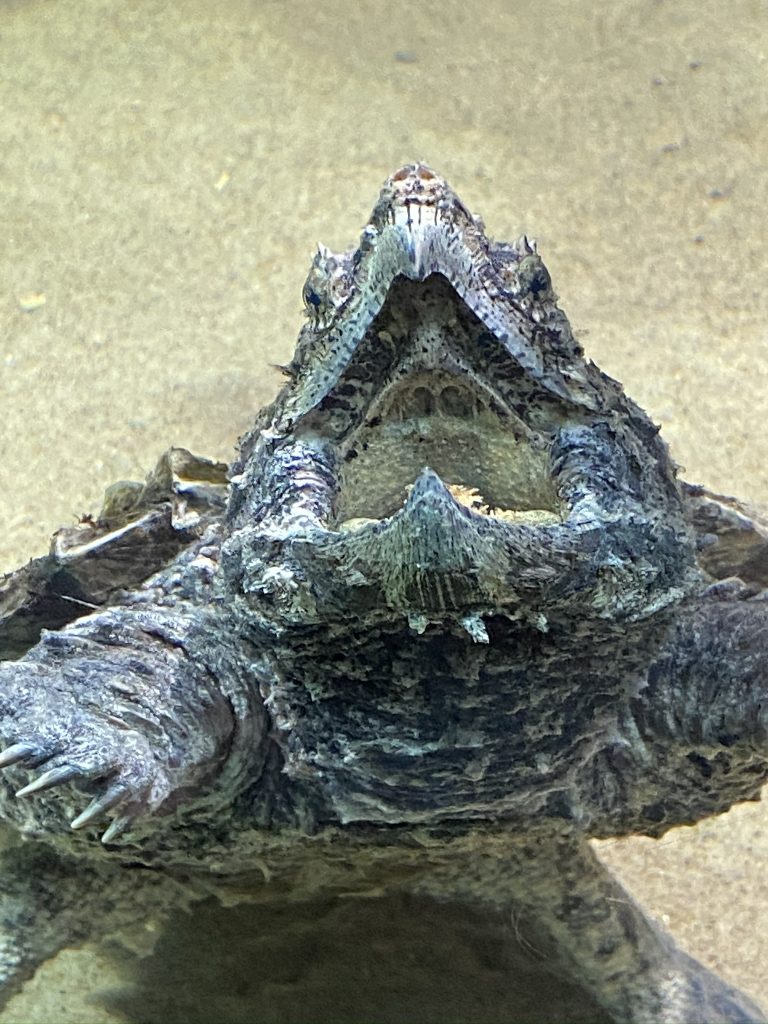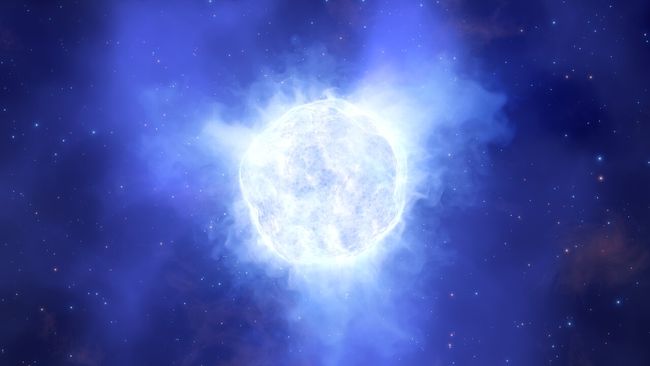Why a study claiming vaccines cause chronic illness is severely flawed – a biostatistician explains the biases and unsupported conclusions

FatCamera/E+ via Getty Images
Jeffrey S. Morris, University of Pennsylvania
At a Senate hearing on Sept. 9, 2025, on the corruption of science, witnesses presented an unpublished study that made a big assertion.
They claimed that the study, soon to be featured in a highly publicized film called “An Inconvenient Study,” expected out in early October 2025, provides landmark evidence that vaccines raise the risk of chronic diseases in childhood.
The study was conducted in 2020 by researchers at Henry Ford Health, a health care network in Detroit and southeast Michigan. Before the Sept. 9 hearing the study was not publicly available, but it became part of the public record after the hearing and is now posted on the Senate committee website.
At the hearing, Aaron Siri, a lawyer who specializes in vaccine lawsuits and acts as a legal adviser to Secretary of Health and Human Services Robert F. Kennedy Jr., said the study was never published because the authors feared being fired for finding evidence supporting the health risks of vaccines. His rhetoric made the study sound definitive.
As the head of biostatistics at the University of Pennsylvania’s Perelman School of Medicine, when I encounter new scientific claims, I always start with the question “Could this be true?” Then, I evaluate the evidence.
I can say definitively that the study by Henry Ford Health researchers has serious design problems that keep it from revealing much about whether vaccines affect children’s long-term health. In fact, a spokesperson at Henry Ford Health told journalists seeking comment on the study that it “was not published because it did not meet the rigorous scientific standards we demand as a premier medical research institution.”
The study’s weaknesses illustrate several key principles of biostatistics.
Study participants and conclusions
The researchers examined the medical records of about 18,500 children born between 2000 and 2016 within the Henry Ford Health network. According to the records, roughly 16,500 children had received at least one vaccine and about 2,000 were completely unvaccinated.
The authors compared the two groups on a wide set of outcomes. These included conditions that affect the immune system, such as asthma, allergies and autoimmune disorders. They also included neurodevelopmental outcomes such as attention-deficit/hyperactivity disorder, or ADHD, autism and speech and seizure disorders, as well as learning, intellectual, behavioral and motor disabilities.

Ariel Skelley/DigitalVision via Getty Images
Their headline result was that vaccinated children had 2.5 times the rate of “any selected chronic disease,” with 3 to 6 times higher rates for some specific conditions. They did not find that vaccinated children had higher rates of autism.
The study’s summary states it found that “vaccine exposure in children was associated with increased risk of developing a chronic health disorder.” That wording is strong, but it is not well supported given the weaknesses of the paper.
Timeline logic
To study long-term diseases in children, it’s crucial to track their health until the ages when these problems usually show up. Many conditions in the study, like asthma, ADHD, learning problems and behavior issues, are mostly diagnosed after age 5, once kids are in school. If kids are not followed that long, many cases will be missed.
However, that’s what happened here, especially for children in the unvaccinated group.
About 25% of unvaccinated children in the study were tracked until they were less than 6 months old, 50% until they were less than 15 months old, and only 25% were tracked past age 3. That’s too short to catch most of these conditions. Vaccinated kids, however, were followed much longer, with 75% followed past 15 months of age, 50% past 2.7 years of age and 25% past 5.7 years of age.
The longer timeline gave the vaccinated kids many more chances to have diagnoses recorded in their Henry Ford medical records compared with the nonvaccinated group. The study includes no explanation for this difference.
When one group is watched longer and into the ages when problems are usually found, they will almost always look sicker on paper, even if the real risks are the same. In statistics, this is called surveillance bias.
The primary methods used in the paper were not sufficient to adjust for this surveillance bias. The authors tried new analyses using only kids followed beyond age 1, 3 or 5. But vaccinated kids were still tracked longer, with more reaching the ages when diagnoses are made, so those efforts did not fix this bias.
More opportunities to be diagnosed
Not all cases of chronic disease are written down in the Henry Ford records. Kids who go to a Henry Ford doctor more often get more checkups, more tests and more chances for their diseases to be found and recorded in the Henry Ford system. Increased doctor visits has been shown to increase the chance of diagnosing chronic conditions, including autism, ADHD, asthma, developmental disorders and learning disabilities.
If people in one group see doctors more often than people in another, those people may look like they have higher disease rates even if their true health is the same across both groups. In statistics, this is called detection bias.
In the Henry Ford system, vaccinated kids averaged about seven visits per year, while unvaccinated kids had only about two. That gave the vaccinated kids many more chances to be diagnosed. The authors tried leaving out kids with zero visits, but this did not fix the detection bias, since vaccinated kids still had far more visits.
Another issue is that the study doesn’t show which kids actually used Henry Ford for their main care. Many babies are seen at the hospital for birth and early visits, but then go elsewhere for routine care. If that happens, later diagnoses would not appear in the Henry Ford records. The short follow-up for many children suggests a lot may have left the system after infancy, hiding diagnoses made outside Henry Ford.
Apples and oranges
Big differences between the groups of vaccinated and unvaccinated children can make it hard to know if vaccines really caused any differences in chronic disease. This is because of a statistical concept called confounding.
The two groups were not alike from birth. They differed in characteristics like sex, race, birth weight, being born early and the mother experiencing birth complications – all factors linked to later effects on health. The study made some adjustments for these, but left out many other important risks, such as:
• Whether families live in urban, suburban or rural areas.
• Family income, health insurance and resources.
• Environmental exposures such as air and water pollution, which were concerns in Detroit at that time.
These factors can affect both the chance of getting vaccinated and the chance of having health problems. They also change how often families visit Henry Ford clinics, which affects what shows up in the records.
When too many measured and unmeasured differences line up, as they do here, the study is unable to fully separate cause from effect.
Bottom line
The Henry Ford data could be helpful if the study followed both groups of kids to the same ages and took into account differences in health care use and background risks.
But as written, the study’s main comparisons are tilted. The follow-up time was short and uneven, kids had unequal chances for diagnosis, and the two groups were very different in ways that matter. The methods used did not adequately fix these problems. Because of this, the differences reported in the study do not show that vaccines cause chronic disease.
Good science asks tough questions and uses methods strong enough to answer them. This study falls short, and it is being presented as stronger evidence than its design really allows.![]()
Jeffrey S. Morris, Professor of Public Health and Preventive Medicine, University of Pennsylvania
This article is republished from The Conversation under a Creative Commons license. Read the original article.
Continue reading “Reprint: Lying About Vaccines With Fake Statistics”…

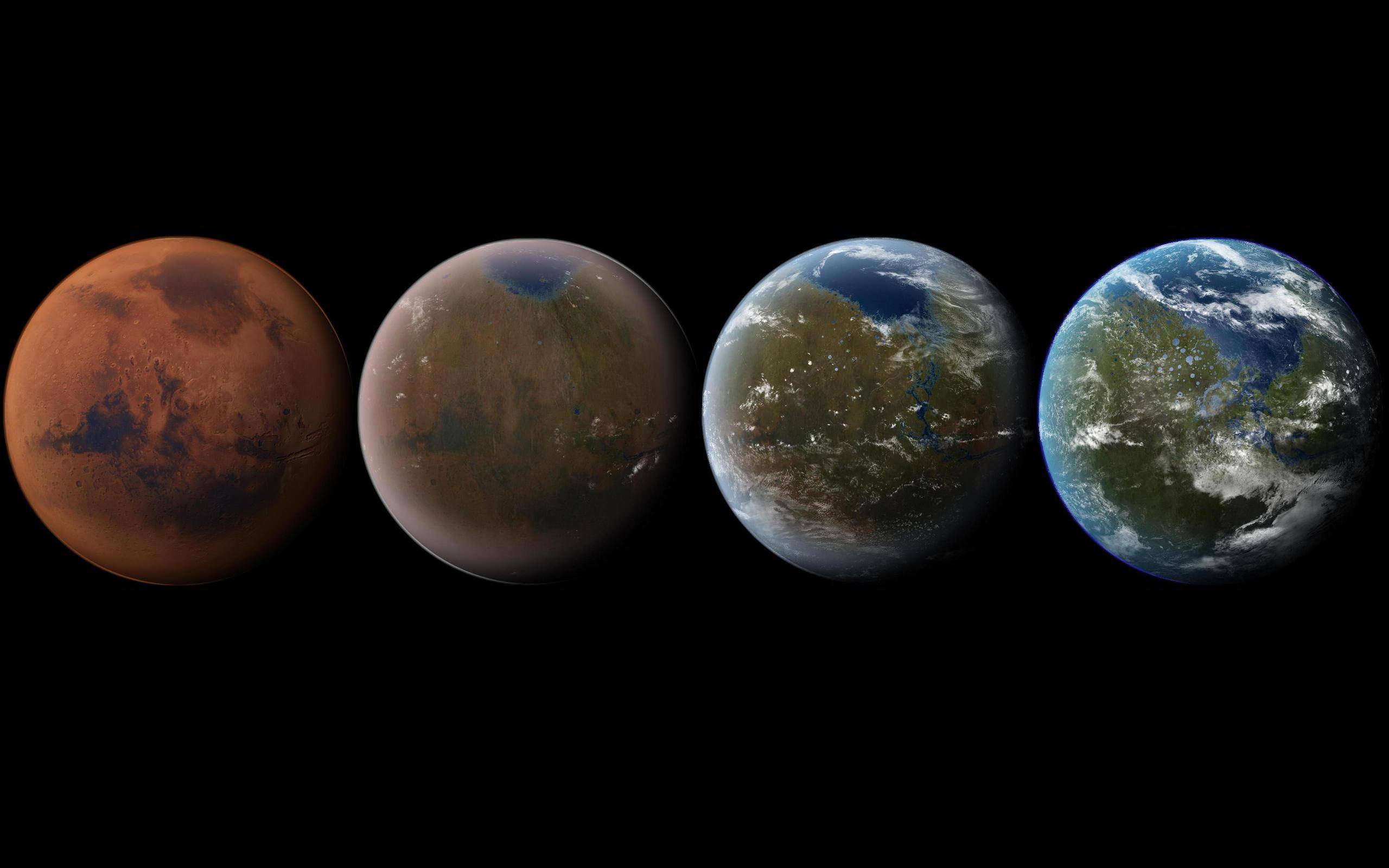


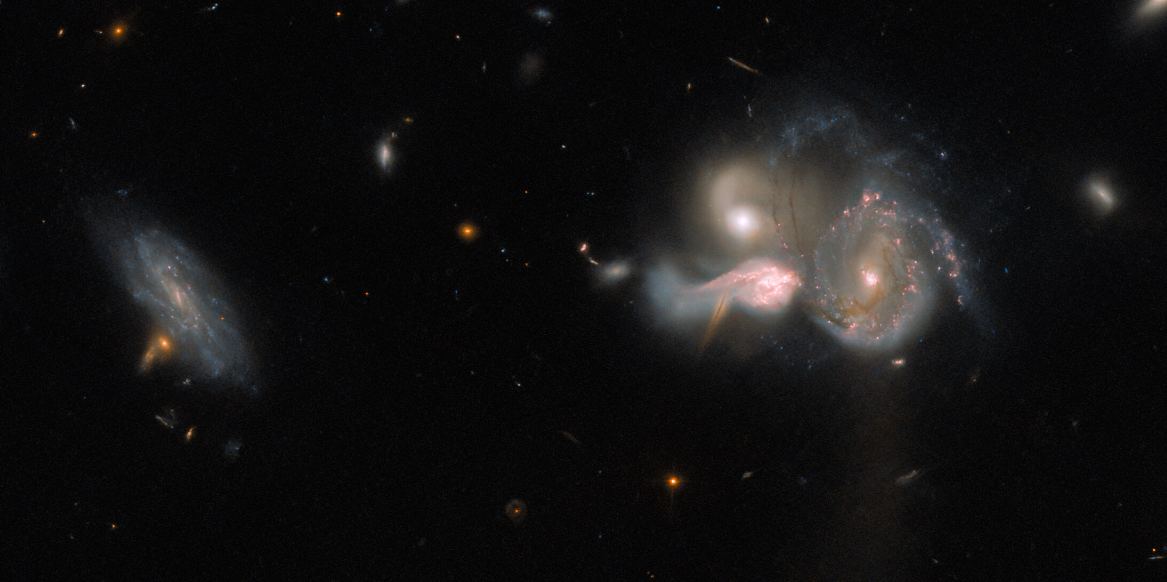

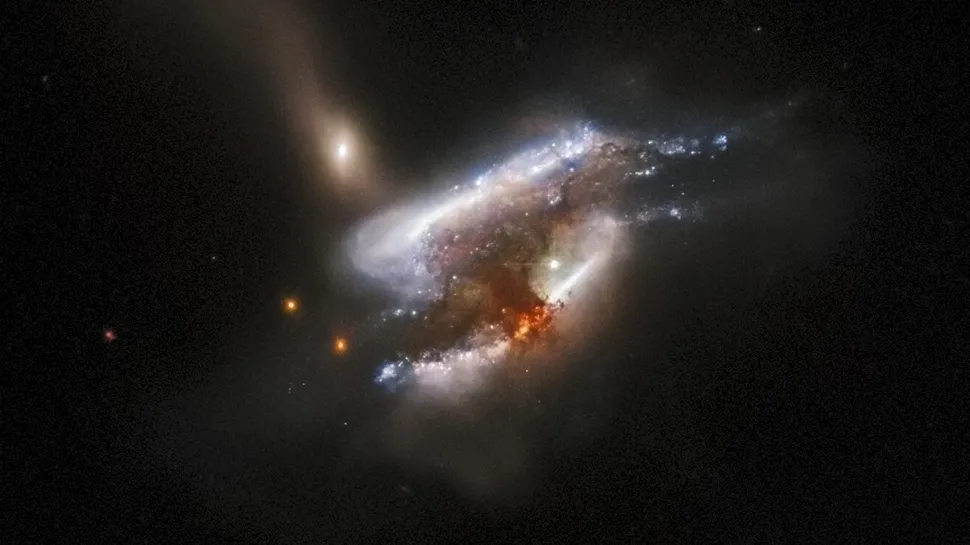
 Jupiter and Saturn, but Voyager 2 continued on to Uranus and Neptune. They’re both now outside the solar system, sending back data about the regions of space they’re exploring.
Jupiter and Saturn, but Voyager 2 continued on to Uranus and Neptune. They’re both now outside the solar system, sending back data about the regions of space they’re exploring.